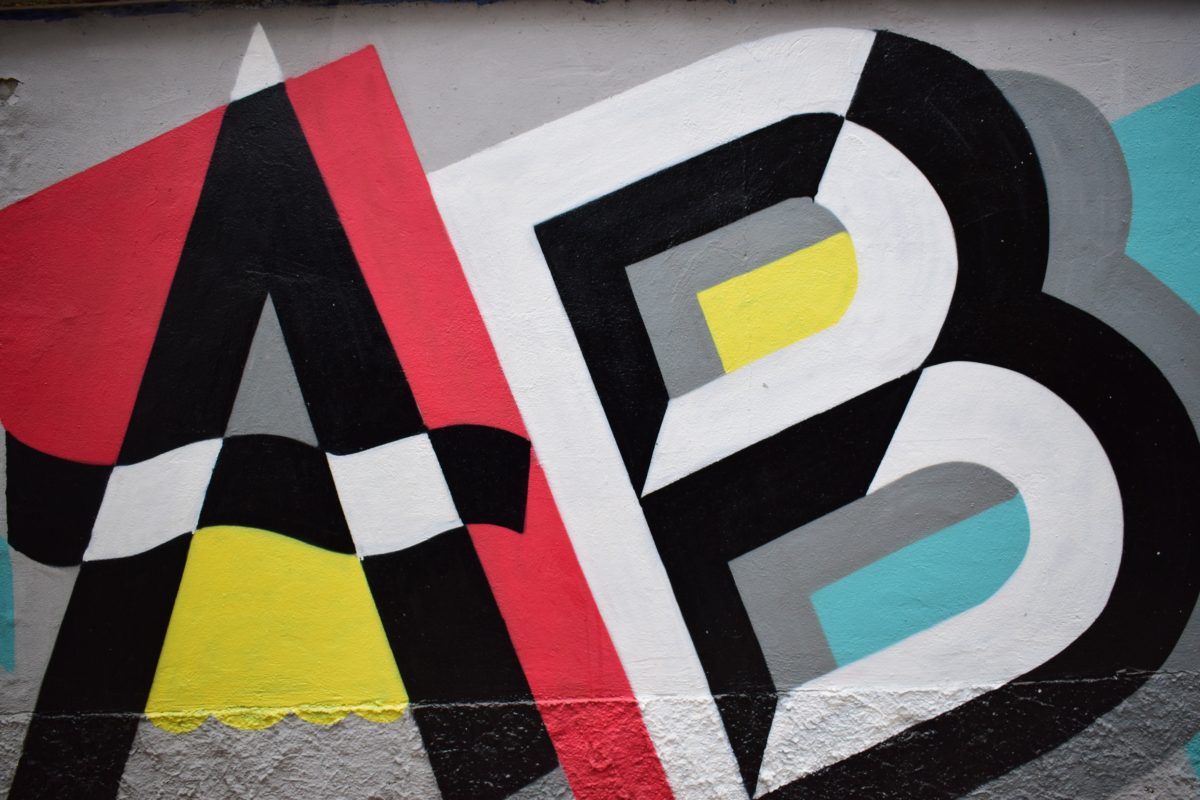As brands seek to stay in touch with consumers, some are saying the future of brands depends on them looking less manufactured. That feels like an overstatement.
The arguments are not unfamiliar. Consumers are looking to engage with smaller brands. They crave honesty and authenticity. And therefore businesses need to adapt, to make the brands they own feel less controlled and less controlling. That has led some to claim all of this will mean that brands will strive to be “meticulously un-designed” this year. Expect, they say, to see haphazard layouts, coarse typography and models looking like they’ve been caught on the hop.
Steve Osborne explained the idea a few years ago in a very good piece about the search for authenticity. He rightly pointed out that consumers have stopped being passive recipients and are now looking for meaning in what they buy. Truth would out, he said. I agree.
At the same time though we need to distinguish between a change in attitude and a shift in style. Consumers absolutely want more transparency, but do they want all of it to look like a craft beer? To me, it’s a bit like swooshes. We had them. They were fine. Everyone loved them. Now they’re gone.
There’s an important distinction to be made here between fashion and future
Fashion has infiltrated so much of what we do and see every day now that we have come to take it for granted. And that’s what the un-designed prediction feels like: a fashion statement; a take on this year’s look. There’s nothing wrong with it. I don’t even disagree with it. But the un-designed aesthetic isn’t the future of brand. And it’s certainly not something that every brand should embrace. It’s a feel that works well for some brands in specific sectors who are looking to project a certain ethos.
But, even there, if everyone strives to look un-designed, it will just be the latest design trend for brands in those sectors. And all the brands that do it will start to merge. Visual commoditisation.
To each, their own
Some brands work because they’re circumspect. Some are best when they are overt. Some should take a lateral approach to gain interest and attention. Others aren’t direct enough. Some brands should feel spontaneous and fun-loving. Others less so. And, following that same line of logic, some brands should project an image of casualness and informality and some would be crazy to go that way.
We don’t create amazing brands by ignoring the needs of customers. But we don’t build amazing brands by creating visual language that is the same as everyone else around us either. If everyone follows the same interpretation, there is no interpretation any more. It all quickly becomes patterning.
Note: A version of this post has been published elsewhere under the same title.

